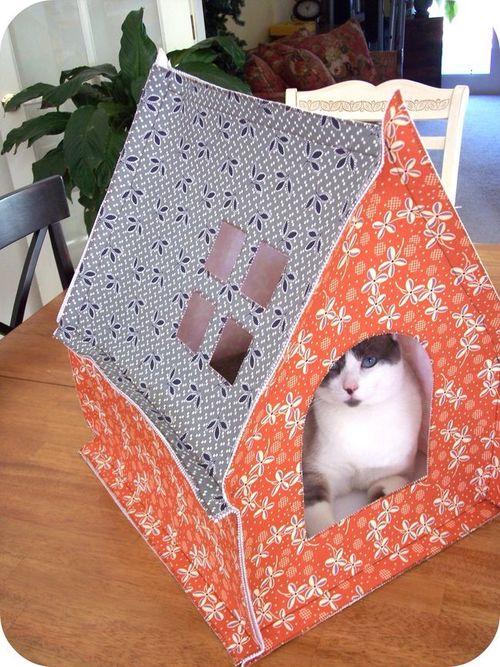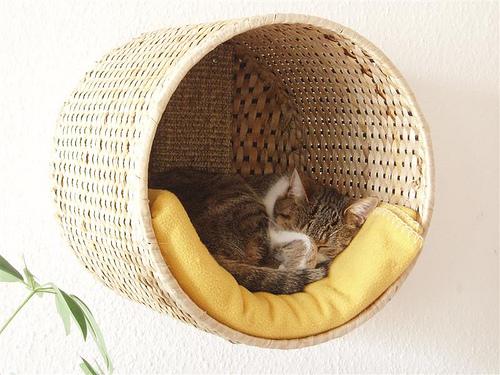Why police are rarely indicted for misconduct
Grand jury decision in Ferguson illustrates the legal and social barriers to prosecuting officers
On Monday evening, St. Louis County Prosecuting Attorney Robert P. McCulloch announced that a grand jury decided not to indict Ferguson, Missouri, police officer Darren Wilson for the Aug. 9 shooting death of unarmed teenager Michael Brown. The announcement concluded a tumultuous summer of mass protests against police violence and racial discrimination. Although the decision will be a disappointment to many, those who follow prosecutions of police for use of excessive or unwarranted force say a decision not to indict Wilson is unsurprising.
There are major legal, institutional and social impediments to prosecuting police. Thousands of officers are involved in shootings every year, resulting in about 400 deaths annually. However, successful criminal prosecution of a police officer for killing someone in the line of duty, if no corruption is alleged, is extremely rare. Even when officers are convicted, the charges are often minimal. For example, Coleman Brackney, a Bella Vista, Oklahoma, police officer who was convicted of misdemeanor negligent homicide in 2010 after shooting an unarmed teen to death while in custody in his cruiser, went on to rejoin the police and was recently appointed chief of police in Sulphur Springs, Oklahoma.
Structural barriers
There are significant structural barriers to successful police indictment or prosecution. For one, investigations are usually conducted by a combination of police detectives and investigators from the prosecutors’ office. Prosecutors tend to take a greater role when there is a reason to believe that the shooting might not be justified. However, they must rely on the cooperation of the police to gather necessary evidence, including witness statements from the officer involved and other officers at the scene. In some cases they are the only living witnesses to the event.
The close collaboration between police and prosecutors, which is an asset in homicide investigations, becomes a hindrance in police shooting cases. In most cases, the prosecutors’ reliance on the cooperation of police creates a fundamental conflict of interest. As a result, prosecutors are often reluctant to aggressively pursue these cases.
Moreover, the local elected district attorneys often want to avoid being seen as inhibiting police power. Even in communities where distrust of police is common, no prosecutor ever got thrown out of office for defending the police. At its core, the public sees the DA’s office as a defender of law and order and expects these officials to uphold them.
The way prosecutors handled the Wilson case illustrates this conflict of interest. It took prosecutors months to collect and present evidence to the grand jury. While this has the appearance of thoroughness, it also has the effect of creating a public cooling-off period as short-term demands for prosecution become muted. The radically different approach of the St. Louis County DA is telling. Typically, prosecutors make a short presentation to the grand jury in which they call for specific charges to be considered and then put on their best show of the evidence to see if it passes muster. Indictments occur in more than 90 percent of cases, owing to the low threshold of probable cause and the one-sided nature of the proceedings. In Wilson’s case, however, the DA said he planned to provide the grand jury with all the evidence and allow them to decide, without any prompting, whether an indictment was justified and for what offense.
The American public and its representatives need to realize that there are better ways to prevent crime and serve the community than licensing excessive police force.
The DA hoped to accomplish two things. First, this approach allowed him to absolve himself of any responsibility for the outcome. Second, it served to confuse and undermine the confidence of the grand jury. Normally, the jury is given clear guidance and overrules prosecutors only in extreme cases. By giving the jurors a wide variety of conflicting evidence and little framework in which to evaluate it, the DA is opening the door to a he said/he said dynamic in which they may err on the side of caution and avoid an indictment.
Legal hurdles
There are also huge legal hurdles to overcome. State laws that authorize police use of force, which are backed up by Supreme Court precedent, give police significant latitude in using deadly force. In the 1989 case Graham v. Connor, the Supreme Court ruled that officers may use force to effect a lawful arrest or if they reasonably believe that the person represents a serious physical threat to the officer or others. This means that police may use force over any resistance to arrest and that if the resistance escalates, officers may escalate their force. The court also said that the totality of circumstances must be judged with an understanding of the split-second nature of police decision-making.
Furthermore, in Missouri and many other states, even a perceived effort to take an officer’s gun justifies the use of deadly force. Therefore, in judging the reasonableness of the officer’s actions, the jury may consider factors such as the alleged perpetrator’s size and previous actions as well as the officer’s training and guidance. All this creates numerous avenues for justifying police action based on the officer’s reasonable understanding of the situation rather than a more objective post hoc assessment.
Juror mindset creates yet another challenge to successful indictments and prosecutions. Grand juries and criminal court juries consist of local residents. Even in periods of heightened concern about police misconduct, most citizens retain a strong bias in favor of police. Popular culture and political discourse are suffused with commentaries about both the central importance of police in maintaining the basic structural integrity of society and the dangerous nature of their work. In addition, the legal standard for judging police misconduct calls on jurors to put themselves in the officers’ shoes, further strengthening the tendency to identify with the police.
Race relations
Another important dynamic in police prosecutions is the state of race relations in the United States. Despite the rhetoric about being a postracial society, racial divisions and bias remain omnipresent in American society and nowhere more than in the realm of criminal justice. There is abundant evidence of jury bias in a variety of racially disparate criminal justice outcomes, including false convictions, application of the death penalty and drug convictions. Research shows that whites have a generally more positive view of the police than blacks do. The sad reality is that white jurors are much more likely to side with police, regardless of the race of the officer and the person killed. This was seen in the Rodney King prosecutions in California, in which a mostly white suburban state court jury did not convict four Los Angeles Police Department officers in the severe beating of King after a high-speed car chase, despite the incident’s being videotaped. (The jury acquitted three of the four officers and deadlocked on a charge of excessive force against one officer.) A more diverse federal jury later found two of the officers guilty of violating King’s civil rights.
Regardless of what happens in Brown’s case, there are no simple fixes for these problems. Advocates such as the Rev. Al Sharpton have called for a federal prosecution. Even if federal officials get involved, they must bring a different kind of charge, related to civil rights violations. While this legal twist of logic has been an important check on failed state legal processes going back to the civil rights fights of the 1950s and ’60s, it is not a substitute for local criminal prosecution, especially in an era of heightened resistance to federal legitimacy.
Internal administrative accountability is sorely lacking. In “Jammed Up: Bad Cops, Police Misconduct and the New York City Police Department,” Robert Kane and Michael White show that police rarely face internal disciplinary charges for use of force. Recent reports from Philadelphia and Seattle show that even when officers are subject to discipline, the majority of such cases end up being overturned by arbitrators or courts as a result of extensive due process protections for police officers.
Instead, states should create a police prosecutor’s office, or blue desk, that is more removed from local politics. While relying on state attorneys general has its own challenges, the outcomes are likely to be viewed as more legitimate. These blue desks could become repositories of expertise on police prosecutions. Even if tied to state politics, they might be better able to insulate themselves from accusations of overly aggressive prosecutions as well as charges of not supporting the police.
Laws on the use of force need reform. Police shootings were much more common in the 1970s when regulations about the use of force were even looser. In response to public outcries and rioting in the 1960s and ’70s, local police began to tighten up regulations and offer training to officers, resulting in significant reductions in shootings. The 1984 Supreme Court case Tennessee v. Garner institutionalized some of these changes nationally, including making it unlawful for police to shoot a fleeing suspect. Since then, however, the courts have mostly expanded police authorization to use force.
Finally, the U.S. needs to dial back the dramatic expansion of police power over the last 40 years. For example, the growing prevalence of paramilitary SWAT teams and the ongoing war on drugs have significantly contributed to excessive use of force. In part this happened through the combined direct enforcement practices of these two types of policing. But they also contributed indirectly to a larger ethos of militarized patrolling that equates policing with the use of force and a war footing. The public and its representatives need to realize that there are better ways to prevent crime and serve the community than licensing excessive police force.
The views expressed in this article are the author's own and do not necessarily reflect Al Jazeera America's editorial policy.
copied from Aljazeera America and here is a link to the page:
http://america.aljazeera.com/opinions/2014/11/ferguson-police-misconductdarrenwilsongrandjury.html?utm_campaign=wklynewsletter112614&utm_medium=email&utm_source=editorialnewsletter
From the Ronnie Republic:
Dear Larry Mendte: You Might Be Barking Up The Wrong Tree on Ferguson
Good Job Nancy Grace Interviewing The Parents of Michael Brown
From the Ronnie Republic:
Dear Larry Mendte: You Might Be Barking Up The Wrong Tree on Ferguson
Good Job Nancy Grace Interviewing The Parents of Michael Brown






























































